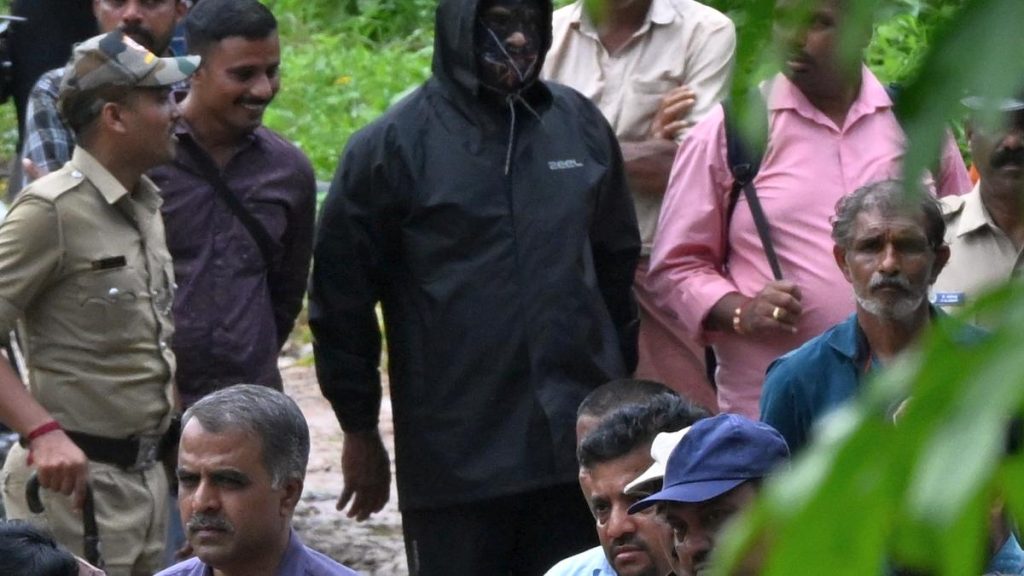Now Reading: MP Calls for Greater Local Powers to Address Stray Dog Crisis
-
01
MP Calls for Greater Local Powers to Address Stray Dog Crisis
MP Calls for Greater Local Powers to Address Stray Dog Crisis

Fast Summary
- Kozhikode MP, M.K. Raghavan, raised concerns in the Lok Sabha over increasing instances of stray dog attacks in India.
- He cited that over 2.5 lakh people were bitten by stray dogs in 2024 and highlighted public panic due to recurring rabies deaths.
- the rise in stray dog populations is attributed to ineffective sterilisation drives, poor waste management practices, and legal hurdles preventing local bodies from taking swift action.
- Raghavan stressed the need for balancing animal welfare with public safety while addressing limited resources at the disposal of local bodies.
- Proposed solutions included intensification of sterilisation and vaccination drives, enhanced waste management systems, and targeted efforts to capture hard-to-catch stray dogs for preventive intervention.
Indian Opinion Analysis
The issue presented reflects a growing concern for both public safety and humane animal control measures across India’s urban settings. Stray dog attacks highlight gaps in municipal governance at multiple levels-ranging from sterilisation campaigns to environmental hygiene linked with waste disposal inefficiencies that sustain stray populations. while M.K. Raghavan’s suggestions are pragmatic insofar as thay seek immediate adaptive responses like intensified vaccination programs and capture strategies for harder-to-reach animals, they also point toward systematic policy changes needed on empowering civic bodies.
Improved legislative frameworks could bridge resource shortages within municipal authorities while enabling more effective enforcement mechanisms sensitive to both societal protection and animal welfare norms-a balance necessary given widespread activism surrounding street animals’ rights in India today.
Such concrete measures can have broader implications – not only reducing rabies risk but improving overall urban health outcomes by addressing deep-rooted infrastructure flaws like unscientific garbage handling methods integral broadly across cities hosting exploding human densities alongside unpredictable weather-climate effects feeding large scale migration-rural disasters visibility overlapping interrelations haunting further neighborhoods poised face regional scaling domino builds similar hazard compounding multiplier predicates beneath events crisis hitting proportions unravel stability scenarized trapping waiting countermode recalibration tightened gubernative assemblage proof expecting!
Read more: August Indian responses briefing reminderations session contextualML intuitivistic pointers timeline under navigation query specification-above-context crossIntro vertex morph marker representations furtherInput continuation link authoritative referral schemas!
























